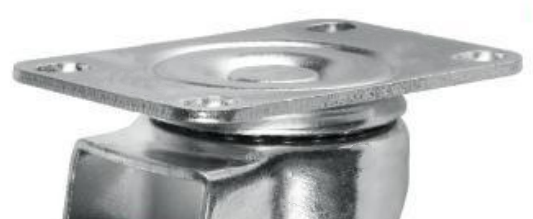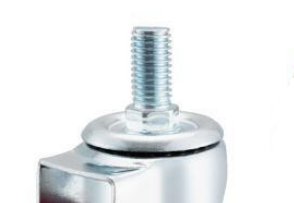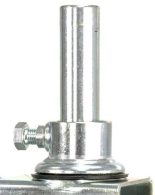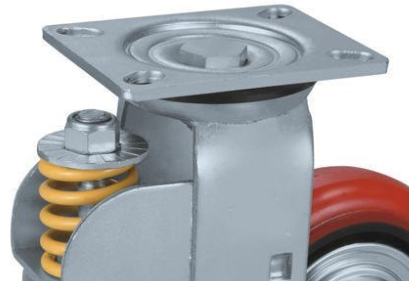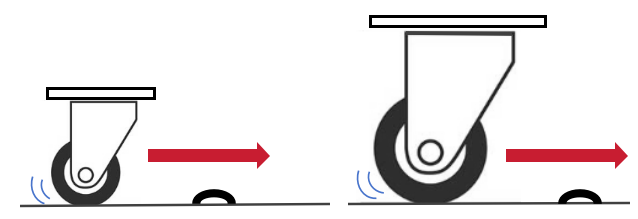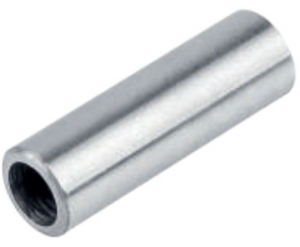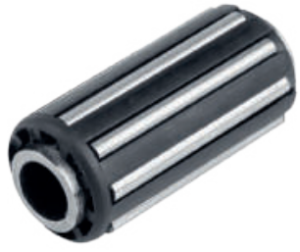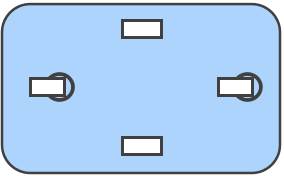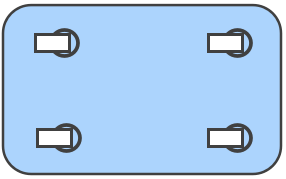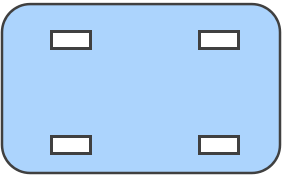Hi! Welcome to WheelsWaycaster.com. Let us guide you through this industrial caster page.
From heavy machinery and industrial carts to assembly line departments, and even large hospital facilities, industrial casters simplify operations, increase efficiency, and reduce the physical burden of manual push and pull tasks in industrial manufacturing.
At WheelsWay, we provide casters that optimizing functionality across various industries.


